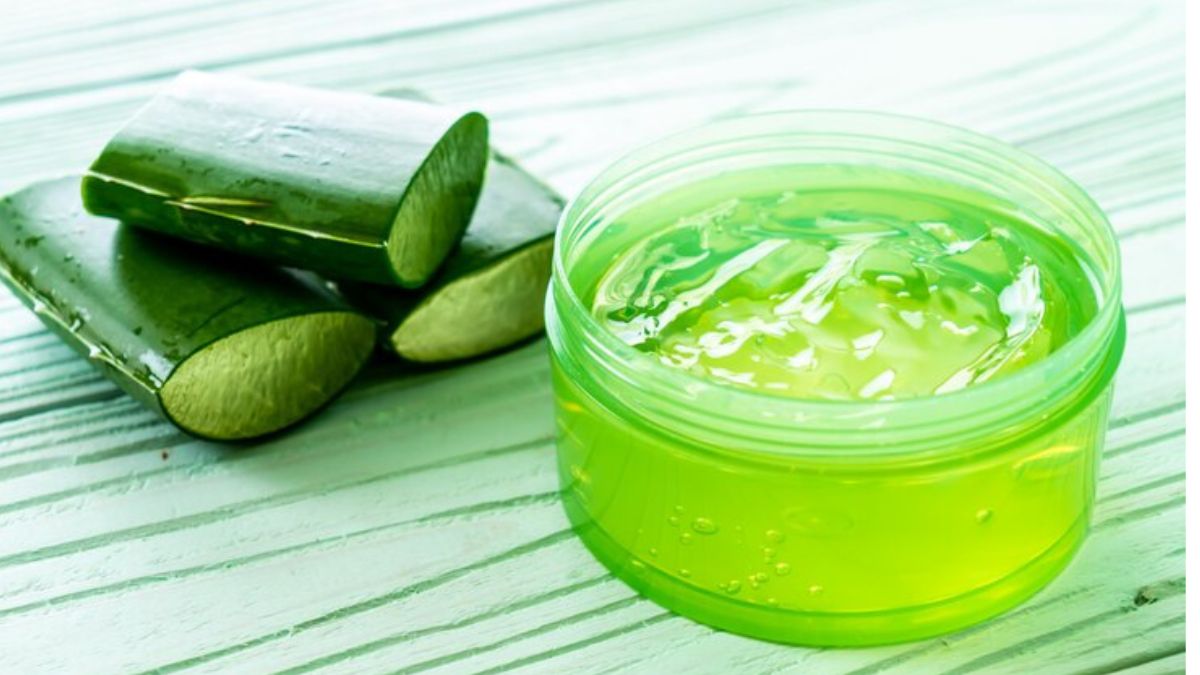Nestled in the heart of traditional craftsmanship, gel ooru offers a vibrant glimpse into artistic expression that has stood the test of time. This unique art form, steeped in rich cultural history, showcases not just creativity but also a deep connection to heritage and community. As you embark on this exploration of gel ooru, prepare to dive into its origins, materials, techniques, and more. Whether you’re an art enthusiast or simply curious about traditional crafts, there’s something truly captivating about creating your own piece of gel ooru magic. Let’s uncover the beauty behind this exquisite craft together!
Understanding Gel Ooru and Its Origins
Gel ooru traces its roots back to ancient traditions, where it blossomed as a community art form. This captivating craft originates from various regions in India, particularly in rural areas, where artisans used vibrant colors to create stunning pieces that reflect their cultural narratives.
Traditionally, gel ooru was made during festive occasions and celebrations. It served not only as decorative art but also as a means of storytelling. Each design carried significance, often depicting tales from mythology or everyday life.
Crafted primarily by women in the community, this art form fosters collaboration and strengthens bonds among families and friends. Over time, gel ooru has evolved yet remains connected to its heritage. Today’s artists blend traditional techniques with modern influences while honoring the past through every brushstroke.
The Materials Used in Gel Ooru
Gel ooru art is distinguished by its vibrant colors and intricate designs, made possible through a unique selection of materials. The foundation often begins with natural dyes sourced from plants and minerals. These organic pigments bring life to each piece.
The base material typically includes a blend of clay or earth, which provides texture and durability. This allows artists to mold their creations while ensuring that the artwork can withstand time’s test.
In addition to these basics, decorative elements like seeds, dried flowers, or even metallic powders may be incorporated for added flair. Each artist brings their own twist to these materials, creating diverse interpretations of gel ooru.
Choosing sustainable materials also reflects a growing awareness in the craft community. Many artisans are now opting for eco-friendly options that respect both tradition and nature’s bounty.
Tools and Techniques for Creating Gel Ooru Art
Creating gel ooru art requires a blend of traditional tools and innovative techniques. The foundation lies in the use of natural dyes, often derived from plants and minerals. These vibrant colors breathe life into each piece.
You’ll need basic supplies like brushes, spatulas, and molds to shape your designs. A steady hand is essential when applying the gel. Some artists prefer using stencils for intricate patterns, while others embrace freehand styles for a more personalized touch.
Water plays a crucial role in controlling the consistency of the gel mixture. Adjusting this can create different textures that enhance visual appeal.
Experimentation is key; layering colors adds depth and dimension to your artwork. Whether you’re working on large canvases or small decorative items, finding your unique style will elevate your creations significantly. Each stroke tells a story waiting to be shared with the world around you.
Traditional and Modern Uses of Gel Ooru
Gel ooru has long been cherished for its intricate beauty and cultural significance. Traditionally, artisans used it to create vibrant decorations for festivals and religious ceremonies. The bright colors and detailed patterns bring life to spaces, reflecting the rich heritage of the communities that practice this craft.
In modern times, gel ooru has found a place in contemporary art and interior design. Artists experiment with new styles while maintaining traditional techniques. This fusion allows gel ooru to adapt to current trends, appealing to younger audiences.
Additionally, businesses have embraced gel ooru for branding purposes. Unique designs can enhance product packaging or promotional materials, making them stand out in a crowded market.
Whether displayed at home or showcased in galleries, gel ooru continues to evolve while honoring its roots—a testament to its timeless appeal across generations.
Step-by-Step Guide to Creating Your Own Gel Ooru Piece
Creating your own gel ooru piece is an exciting journey. Start by gathering the essential materials: colored powders, a sturdy base, and gel medium.
Next, sketch your design lightly on paper or directly onto the base. This will serve as a guide for your artwork.
Begin mixing your colored powders with the gel medium. The consistency should be smooth yet thick enough to hold its shape.
Now it’s time to apply! Use brushes or spatulas to carefully transfer your mixture onto the base according to your design. Don’t rush; take time with each layer.
Allow it to dry completely before adding details or extra layers for depth. Once satisfied, seal it with a protective coating if desired.
Display proudly in natural light for maximum effect. Your unique creation awaits admiration!
Tips and Tricks for Beginners
Starting your journey with gel ooru can be both exciting and a bit daunting. Here are some handy tips to ease the process.
Begin with simple designs. Complex patterns can overwhelm you, so focus on mastering basic shapes first. This will build your confidence and skills gradually.
Always prepare your workspace before diving in. A clean, organized area helps minimize distractions and makes for smoother crafting sessions.
Experiment with different colors and materials. Don’t hesitate to mix traditional hues with modern shades to create something uniquely yours.
Practice patience as well. Gel ooru requires time for drying between layers, so plan accordingly to avoid frustration.
Seek inspiration from experienced artists or online communities dedicated to gel ooru. Their insights can provide valuable guidance as you develop your own style.
Preservation and Display of Gel Ooru Artwork
Preserving gel ooru artwork requires careful attention. The delicate nature of the materials makes them susceptible to damage from light and moisture. To protect your creations, consider keeping them in a shaded area away from direct sunlight.
Using glass or acrylic frames can provide an excellent barrier against dust while showcasing the vibrancy of the colors. Opt for frames that allow for airflow to prevent condensation buildup.
Additionally, storing pieces in a climate-controlled environment helps maintain their integrity over time. Avoid placing gel ooru art in humid spaces like bathrooms or basements.
When it comes to display, think creatively! Hanging on walls adds character to any room. Alternatively, integrating gel ooru into table centerpieces invites conversation and admiration from guests. Each piece tells a story; let yours shine with pride while ensuring it’s well-preserved for years to come.
Exploring the Cultural Significance of Gel Ooru in Different Regions
Gel ooru holds deep cultural significance across various regions, reflecting the unique histories and traditions of each community. In South India, particularly in Karnataka, this art form is often associated with rural festivals and celebrations. The vibrant colors symbolize joy and prosperity.
In contrast, some northern states incorporate gel ooru into their traditional rituals. Here, it embodies spirituality and connection to ancestral practices. It’s common to see these art pieces adorning temples or participating in religious processions.
Each region has adapted gel ooru techniques based on local resources and artistic expressions. This diversity brings a rich tapestry of styles that showcase regional identities while celebrating shared heritage.
Community involvement also plays a pivotal role in preserving the craft. Local artisans pass down skills through generations, fostering a sense of belonging among craftsmen and enthusiasts alike.
The Future of Gel O
As the world continues to embrace traditional crafts, gel ooru stands at a fascinating crossroads. Its unique blend of artistry and cultural heritage has attracted attention beyond its native regions. Artists are experimenting with new techniques, integrating modern aesthetics while preserving time-honored practices.
The global art community is beginning to recognize the potential of gel ooru not just as a craft but as a medium for storytelling and cultural exchange. Workshops and exhibitions showcasing this art form are popping up in urban centers, drawing interest from both locals and tourists alike.
With social media playing such a significant role in promoting artisanal work, we can expect gel ooru to reach even wider audiences. This exposure may lead to collaborations between traditional artisans and contemporary artists, opening doors for innovation while respecting the past.
It’s an exciting time for gel ooru enthusiasts. As more people discover its beauty and significance, there’s potential for growth that honors tradition yet embraces change. The future looks bright for this remarkable craft that embodies creativity, culture, and connection across generations.

















